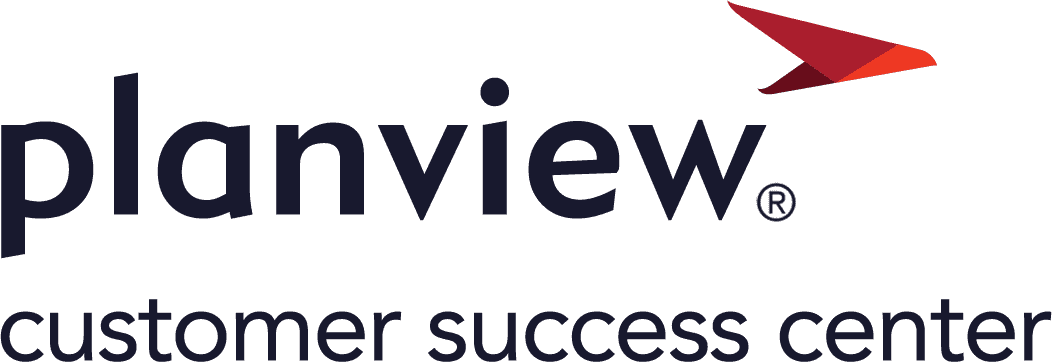Portfolios process flows
Overview
The roadmapping capability allows business leaders to communicate their strategic programs and business outcomes to stakeholders through a visual timeline of deliverables and milestones. Roadmaps can be reviewed, evaluated, and updated based on changes in planning and delivery activities, and shared with stakeholders for collaboration.
Process steps

| Process step | Description |
|---|---|
|
Create program |
The purpose of this step is to create new strategic programs. Add a new program at the lowest level of the strategy structure. For more information: |
|
Create outcome/product |
Outcomes are the deliverables of your investments (projects and programs). These deliverables are typically products, applications, and services. The purpose of this step is to create new a new outcome or product. For more information: |
|
Plan roadmap dates and milestones |
The purpose of this step is to define the target dates and milestones of the program. This allows the program manager to align the program schedule and the schedule of the associated entities that will deliver the program. |
|
Baseline roadmap |
Roadmap baselines are snapshots of the strategy or outcome roadmap, including target dates and the actual or schedule dates of associated entities. The purpose of this step is to capture a baseline of the strategy or outcome which represents a record of the roadmap dates and associated entities as of this time. For more information: |
Best practices
Ensure the right people have access
Ensure that all stakeholders involved in the roadmap deliverables and outcomes have access to your roadmap so they can view up-to-date changes and align across all levels of the organization. This will help you break down silos during the planning process, and bring together the right expertise across business units, teams, and geographies.
Review your roadmap regularly
Review your roadmap on an ongoing basis (such as quarterly) and maintain an adaptive and responsive mindset as you learn new information or receive customer feedback. Reassess, adapt, and communicate changes to stakeholders as your roadmap evolves – but to maintain stakeholder confidence in your strategic decision-making process, avoid continuously updating or never updating your roadmap.
Tailor the level of detail
To gain stakeholder buy-in, your roadmap should have just enough detail to communicate the strategic vision, but not so much that it overwhelms viewers. Tailor the level of detail on your roadmap to your audience. For example, a portfolio roadmap for executives may have a monthly or quarterly planning horizon that covers multiple products with very few detailed activities, whereas a development roadmap may include just one product over a shorter, two-week planning sprint, broken down into detailed development stories and tasks.
Use your roadmap as a collaboration tool
Collaboration is at the heart of every successful roadmap. Engage with stakeholders throughout the entire process. Not only does this keep them in the loop so they have a better idea of needs and expectations, but it also ensures that everyone’s priorities are aligned and that all executives and department heads are working together to achieve the same strategic business goals.

